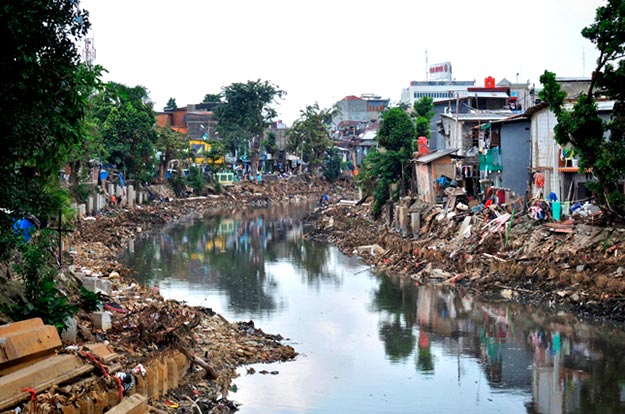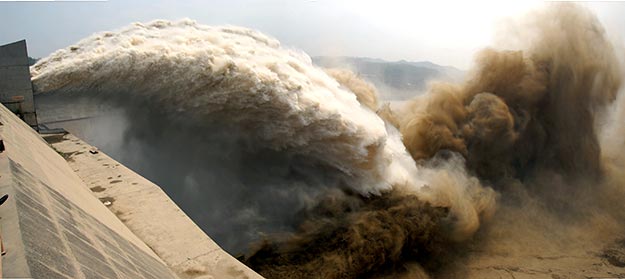The International Energy Agency’s World Energy Outlook 2016 found that energy production currently accounts for 10 percent of the world’s total water withdrawals – most of which is used in power plant operations. If current trends continue, hydro and thermal power’s thirst for water will increase even more. This would result in even higher water withdrawals and water consumption (due to water that is withdrawn and lost to evaporation during the thermal power process).
The more the energy sector depends on water, the more it exposes itself to vulnerabilities. At the same time, climate change is bringing warmer temperatures, increased variability, and increased water scarcity in mid-latitude zones —all which negatively impact the electric power industry. The more the climate warms, the more the power sector will suffer: Experts predict that power production in European thermal plants could drop by 19 percent between 2031 and 2060 due to shut-downs impacted by climate change. Read more












